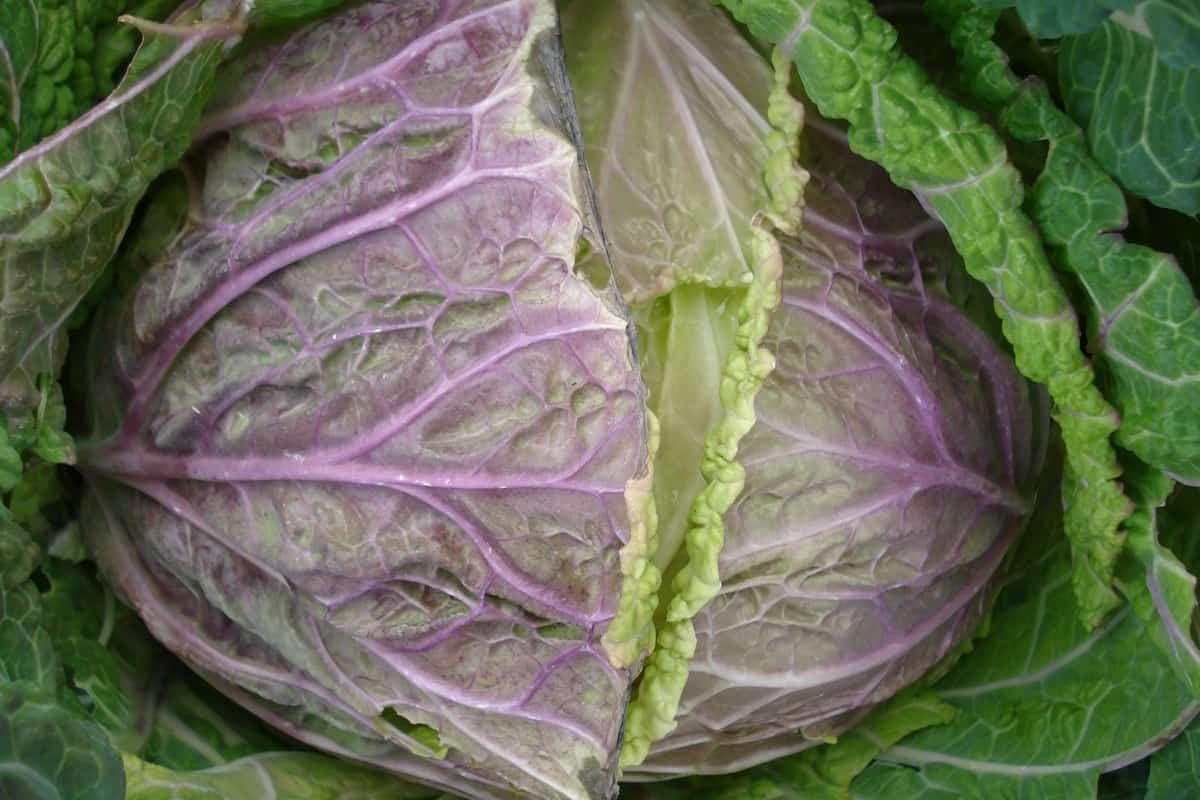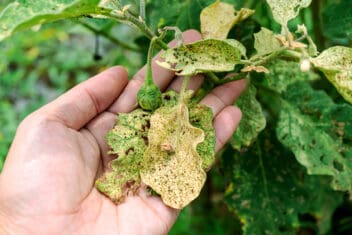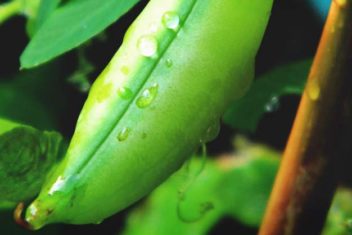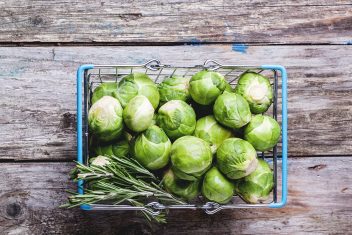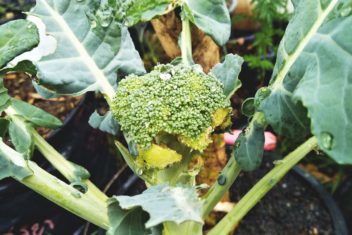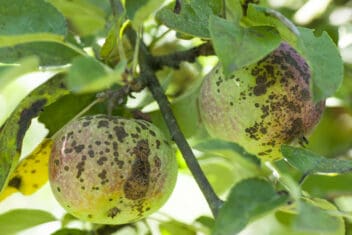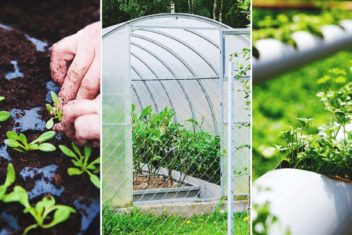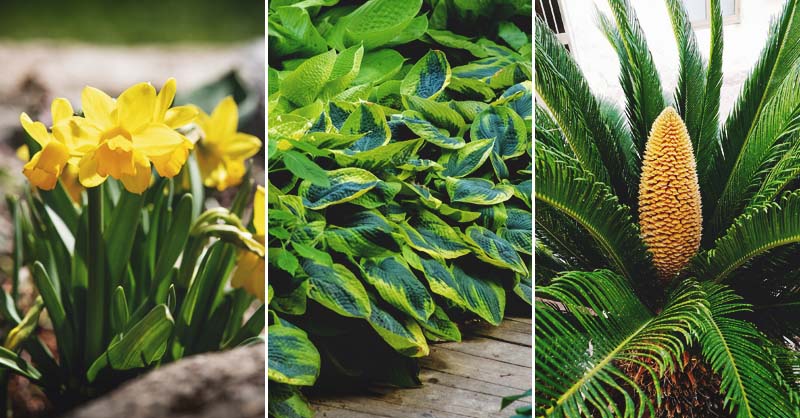Cabbage is a vegetable that is a real treat to grow and eat – plus, it has all kinds of health benefits.
However, if you’ve ever grown this cruciferous vegetable, you know that there’s one major pain that most of us have to deal with – the heads splitting wide open and ruining the entire crop.
Fortunately, there are ways you can prevent this catastrophe from occurring – and steps you can take if it does affect your plants. Keep reading to learn more!
What Causes Cabbage Heads to Split?
There are a few common culprits behind why your cabbage heads might be splitting.
More often than not, this is something that occurs later in the season, generally, after the heads have started to become firm. Usually, you’ll notice it after a period of excessively dry weather that is followed by a heavy rainstorm.
Because the roots of the cabbage plants are so thirsty, they’ll eagerly drink up all the moisture in the soil, building pressure in the foliage that then leads to cracked heads.
While this can happen with any kind of cabbage plant, it’s more common in mature crops that are left in the ground for too long. The dense, heavy heads just don’t have enough room to expand and are more likely to break when exposed to pressure.
Overfertilization or late fertilization can cause this phenomenon, too. If you fertilize your plants after the heads have formed, it leads to rapid internal leaf growth. Again, this causes pressure that leads to cracking.
While these are the most common causes of cabbage heads splitting, certain diseases can cause the problem, too. Usually, though, you’ll notice other signs and problems as well.
Common diseases that affect cabbage plants and lead to splitting include anthracnose and Alternaria leaf spot. Again, lesions and discolorations are more common symptoms of these diseases in cabbage plants.

Tips to Prevent Cabbage Heads from Splitting
Although dealing with splitting cabbage heads is something that no gardener wants to have to deal with, the good news is that there are easy ways to combat this issue. Here are some of the best options to consider.
1. Check Your Watering Routine
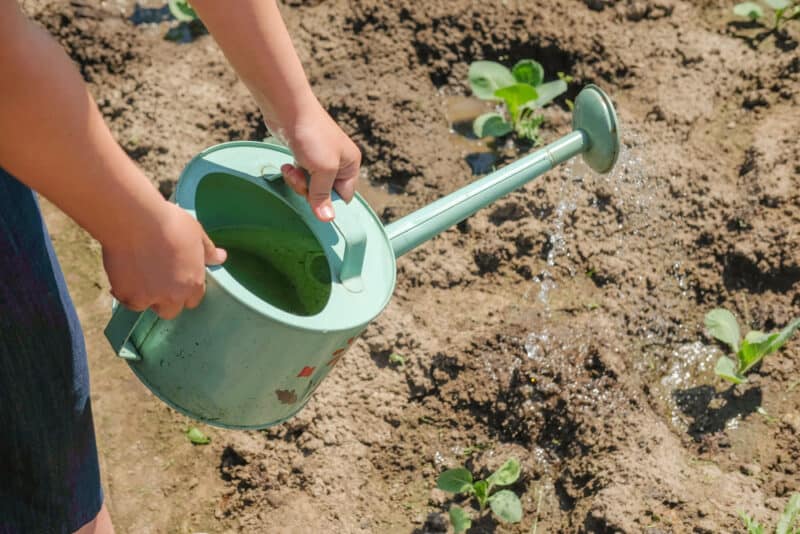
One of the best things you can do to prevent cabbage heads from splitting is to reign in your watering routine. Moisture levels need to remain consistent to avoid this unfortunate tragedy.
During times of drought, daily watering might be necessary. Just make sure you aren’t overdoing it, especially near harvest time. It’s easy for gardeners to get carried away, watering obsessively for a few days, then to forget and allow conditions to get too dry again. Make sure you’re consistent.
Consider using a drip irrigation system to make sure your plants get even levels of moisture (rather than once-off flooding followed by a week of drought).
If you’re relying on natural rainfall to keep your plants hydrated, consider using a moisture meter to figure out whether supplemental watering is needed. The goal here is to keep the soil evenly moist though not waterlogged.
2. Mulch Regularly
Mulching around your plants offers numerous benefits. For one it can regulate how much water reaches your plants. In dry spells, it retains water so that the roots of the plants have something to tap into. During rainstorms, it slows the rate at which the water gets to the plants, preventing oversaturation.
3. Time Your Fertilizing Appropriately
Try to avoid fertilizing your plants once the heads have started firming up. As mentioned earlier, this can cause a flush of growth that can harm your cabbage plants and cause the heads to split.
Instead, feed your plants only early on in the season (ideally before planting). Regardless of the timing, use a slow-release fertilizer to reduce the chance of splitting.
Aside from fertilizing, it’s also important to pay attention to the structure of the soil. Soil that is heavy and compacted is more likely to cause cabbage heads to split. When soil doesn’t drain properly, your cabbage plants just can’t get the consistent moisture they need to grow well.
Adding an organic fertilizer like compost will not only improve the nutrient content of the soil but can also improve its structure and aeration abilities, too.
4. Twist the Heads
One more “hack” you can try to prevent your cabbage heads from splitting is to twist the heads. Twist the head of the cabbage about a quarter of the way around. You can also use a spade to cut half the roots around the plant.
The theory to this technique, courtesy of the University of Missouri Extension, is that it decreases water flow to the foliage and reduces the risk of pressure and cracking.
Pruning the roots reduces how much moisture the plant can absorb, too, so it’s a good technique to eliminate cracking. Just make sure you don’t prune more than a few roots or it can kill your plant.
5. Follow the Right Harvesting Timeline
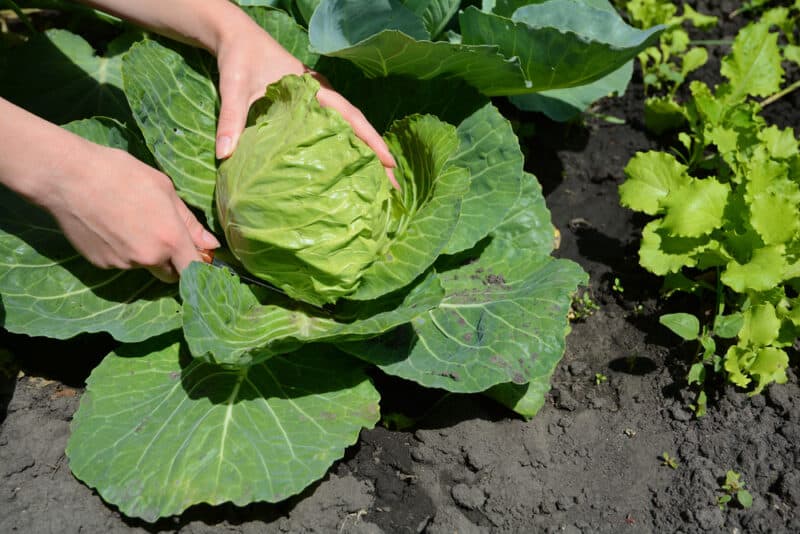
Plant your cabbage early in the season, ideally so that it has time to mature before it gets hot. You can plant cabbage much sooner than other types of plants – generally as early as 4 weeks before the last expected frost in your area.
Use transplants instead of sowing by seed, since they’ll become established much faster.
Harvest the cabbage heads as soon as they are ready – usually about 82 days after planting, though this can vary. You’ll know they are ready for harvest when they are uniformly firm when squeezed.
Don’t go by the size of the head alone to determine its readiness – the size can vary depending on the variety and the weather conditions.
6. Plant the Ideal Variety
If you live in an area where the weather tends to go immediately from winter to summer, you may have to consider growing cabbage as a fall crop. You can plant them about 8 weeks before the first expected frost date.
Since cabbage handles cool weather like a champ, you shouldn’t have to worry about an early frost regardless.
Some varieties are bred specifically to be resistant to splitting. Savoy cabbages are good options, as are those such as Auturo, Blue Vantage, Bobcat F1, and Cabbage King Slaw.
Can You Still Use Split Cabbage Heads?
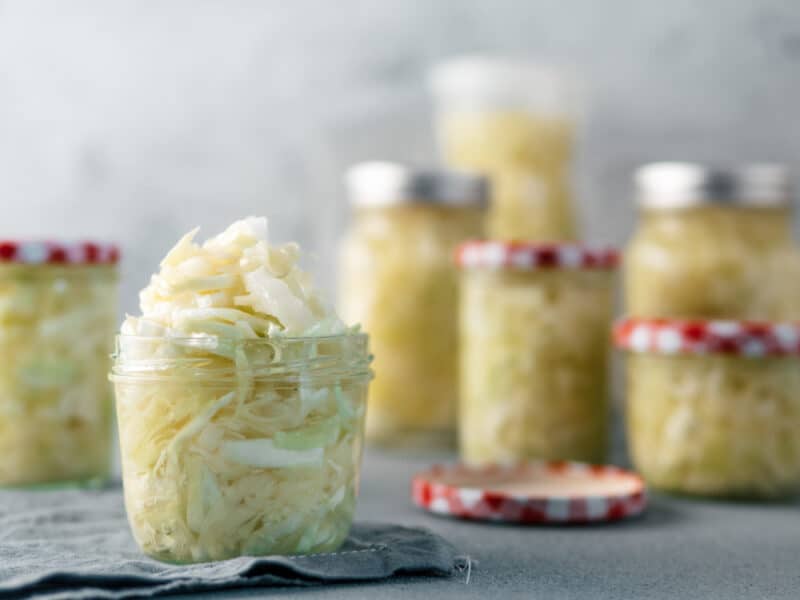
If there’s any good news about split cabbage heads, it’s this – most of the time, you can still eat them.
The key is in harvesting the heads right away. If you wait too long, your plants may suffer from more cracking and reduced quality.
Once you harvest, cut the split section off the plant. These become tough relatively quickly and aren’t worth saving. Feed them to the chickens!
Then, just cook or preserve the rest of the cabbage as you normally would. They won’t store as well so don’t plan on keeping these in root cellars. You’ll have to rely on some other method of preservation, like pickling or freezing instead.
The cabbage is a staple vegetable in many kitchens. Whether you use it for soups, salads, or even as the core component of your favorite meal, this versatile veggie is one that you should have on hand at all times.
A common problem with cabbages, though, is the splitting of the heads and leaves. Fortunately, with these tips, it’s easy to avoid this dilemma. Take action today – and enjoy your harvest.
